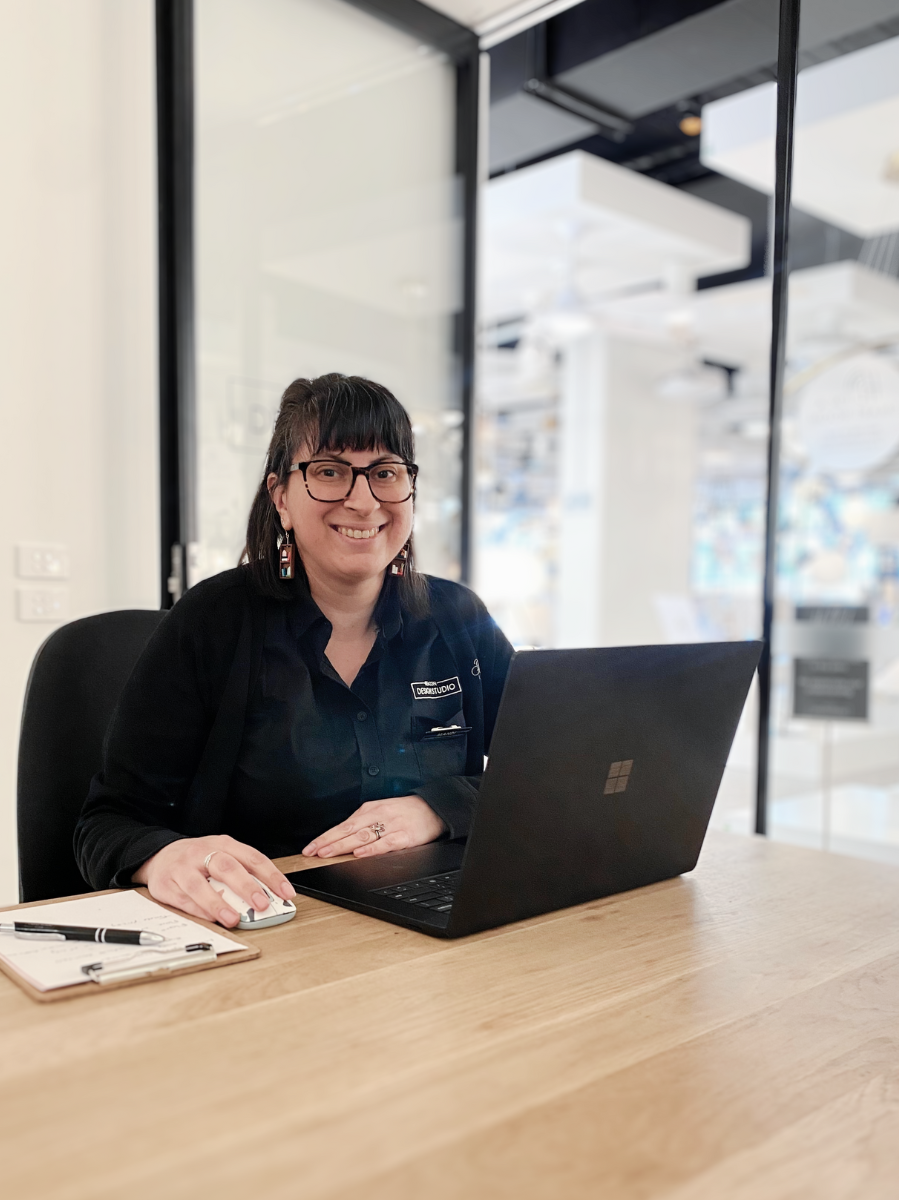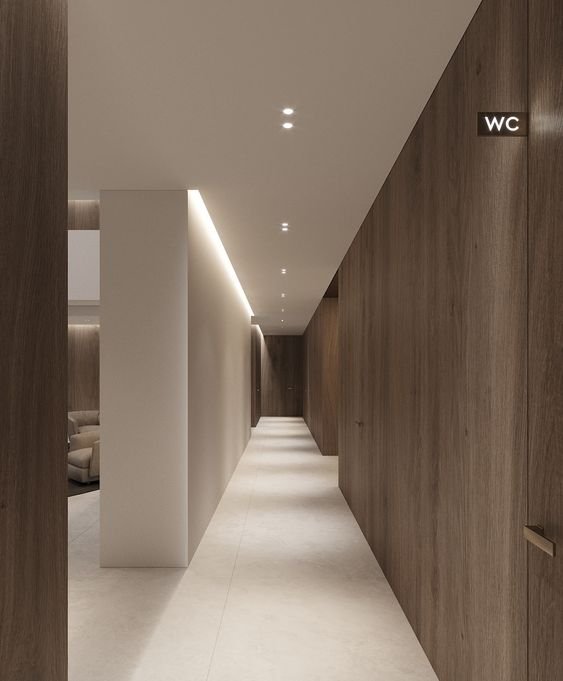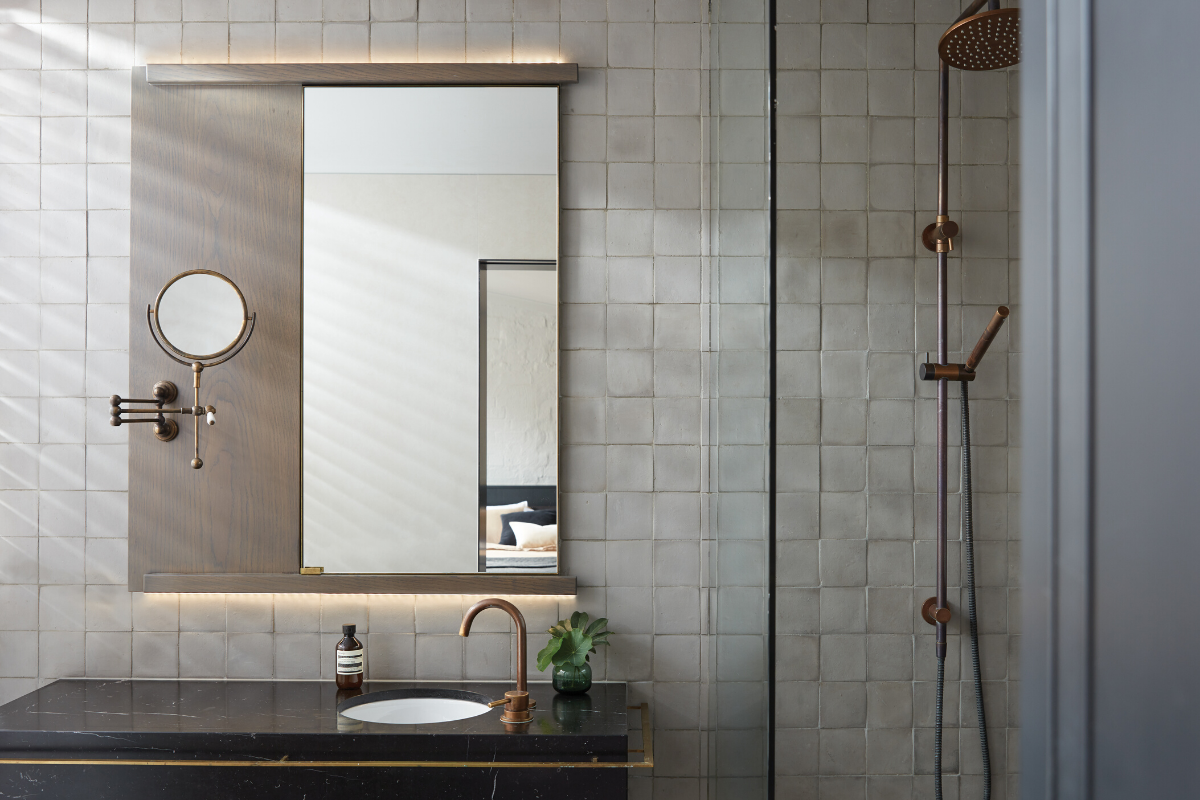Illuminating Spaces: Tips For Downlight Placement From A Lighting Designer
All the latest lighting looks from The Block 2024
April 08, 2024
Lighting sets the tone for any space. Downlights in particular provide a modern and flexible way to illuminate your home. Mandi, a seasoned Lighting Designer at Beacon Design Studio, brings her expertise from working in-studio and collaborating with teams on projects like Channel 9’s The Block. We sat down with her to gain insights into how to make the most of what downlights have to offer.

Finding the Right Brightness
According to Mandi, getting the brightness right is essential for creating the perfect atmosphere. “It’s not just about flooding a room with light,” she explains. “It’s about understanding the space and what kind of light it needs.” Mandi breaks down downlights into two main types: COBs (Chip on Board) and SMDs (Surface Mounted Diodes). COBs provide focused light, great for task-oriented areas, while SMDs offer a more diffused glow, perfect for general lighting.
For many, the challenge lies in realising that they may not need as much light as they think. When clients visit Beacon Design Studio seeking advice on downlight placements, the intent is to understand their specific needs and usage of the space, focusing on how bright they want the space, how big the space is, its intended use, existing artwork, and architectural details. It’s crucial to avoid over-lighting dead spaces and flooding the floor unnecessarily. Instead, the emphasis is on leveraging the reflective qualities of wall lighting.
Placing Downlights with Purpose
Downlights can enhance any room, but it’s all about how you use them. “From bedrooms to hallways, downlights can work wonders,” she says. She emphasises the importance of thoughtful placement to maximise functionality and ambience without overwhelming the space.
In bedrooms, placing downlights towards the end of the bed ensures general lighting without flooding the face with uncomfortable brightness, fostering a more relaxing atmosphere.
In living rooms, downlights can provide a dual function. Their main purpose is to provide general lighting, flooding a room with bright light. But downlights can also be used to illuminate and highlight artwork, enhancing the space’s aesthetic appeal.
In hallways, directing the light onto walls can make the space appear larger by creating a reflective effect. It’s important to focus on lighting the walls rather than the floor for optimal results.
In bathrooms, downlights should be used for general lighting only. Placing them above a mirror may cast unwanted shadows for makeup application. But there is one exception to the rule; directing the downlight into the mirror. Using a gimbaled downlight such as the City III gimbal you can eliminate shadows by reflecting light back, making applying makeup and shaving a much easier task.
Pantry lighting can be tricky due to shelves. Adjustable downlights like the MFL Titans allow for precise placement to avoid odd shadows and facilitate finding items at the back.
For exterior lighting, flooding the area with light is unnecessary. Placing lights beneath the eaves or near the door is sufficient.
Choosing the Right Colour Temperature
Colour temperature plays a big role in setting the mood of a space. Mandi leans towards warm lighting for comfort and relaxation, avoiding bright white tones that may give a clinical feel. While people are often advised when lighting offices, studies, bathrooms, and kitchens to use cool light, warm white can also work well in these areas. However, the key consideration is the number of downlights used in the space and how they are utilised.
Embracing Smart Technology
Smart downlights are an underutilised technology, despite their practicality and convenience in homes. Once installed, you can use an app on your phone to create “scenes”, such as soft, gentle light for movie nights to zoned lighting for when you’re cleaning up after dinner. You can switch between colour temperatures, turn your lights on and off when you’re not home to give the appearance of an occupied home; you can even use your downlights in place of an alarm clock, setting them to slowly turn on in the morning. They’re not just about aesthetics; they can simplify your daily routine.
Beacon Design Studio: Your Lighting Solution
The Beacon Design Studio is all about making lighting design easy and accessible. “Whether you’re renovating your home or starting from scratch, we’re here to help,” Mandi says. From initial consultations to full lighting plans, Beacon Design Studio has you covered.
Downlights are more than just fixtures – they’re tools for creating the perfect ambience in any space.






